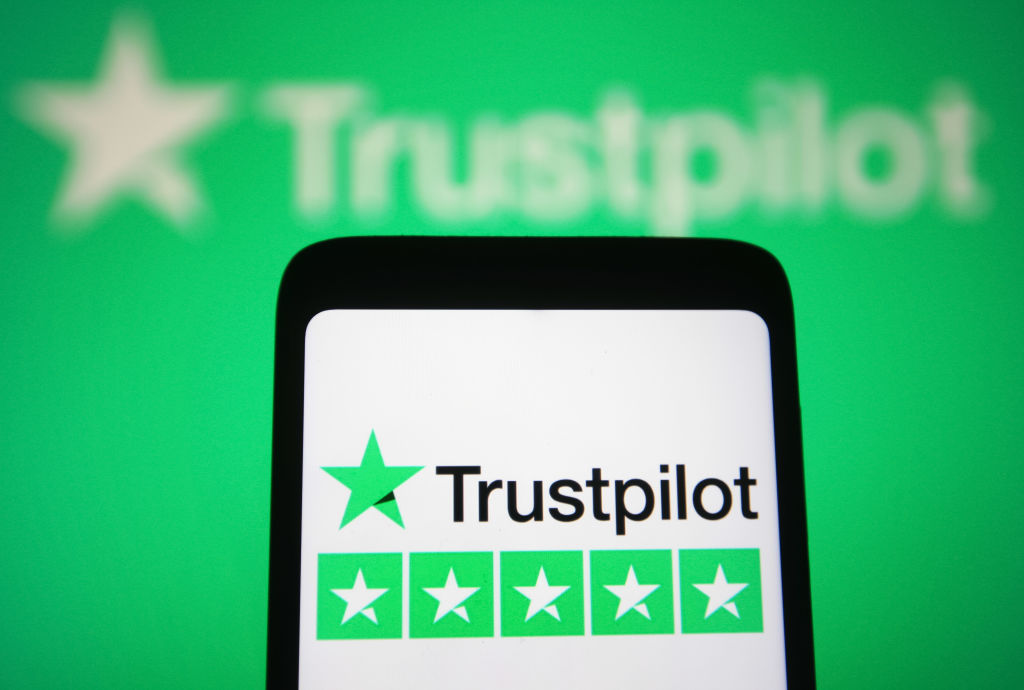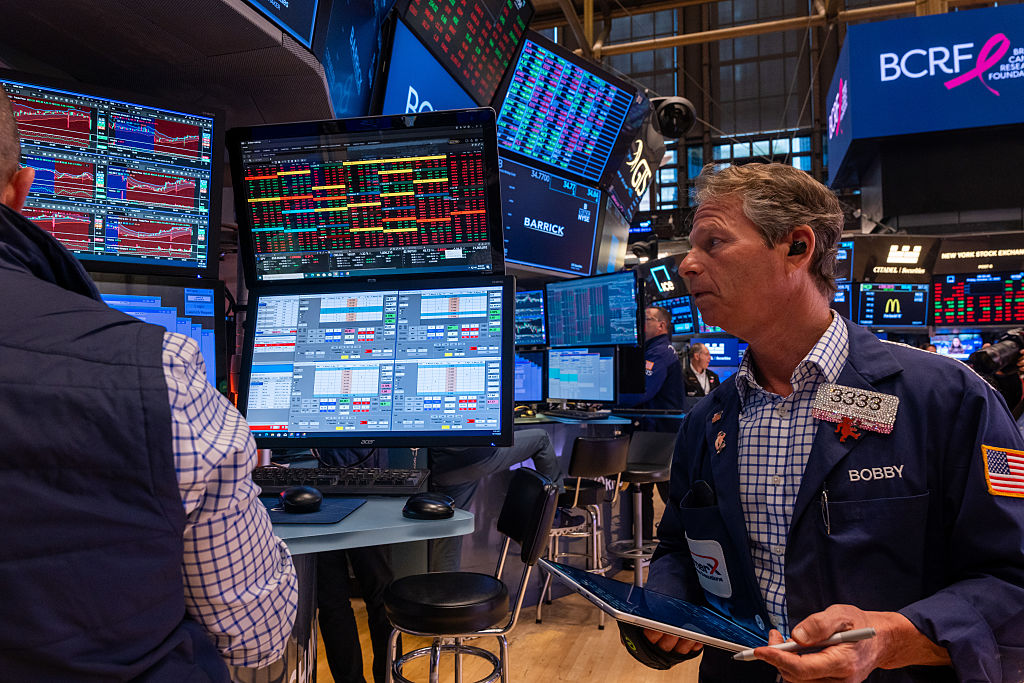Equity risk premium
When buying a security such as a share, every investor should have an expected return in mind.
When buying a security such as a share, every investor should have an expected return in mind. After all, companies can go bust and your money could be in the bank instead, so why take the extra risk of buying shares otherwise?
There are various ways to try and calculate this 'required return' the best known method is the Capital Asset Pricing Model (CAPM). It suggests you start with a minimum risk-free return that you could get from investing in something with almost zero default risk: government IOUs, or gilts. After all, the British and American governments aren't expected to go broke (yet).
Let's say the yield on medium-term gilts is 3%. The equity risk premium is the extra return you demand from shares to make taking the risk of investing worthwhile. To try and work this out, CAPM tends to look backwards at past prices.
MoneyWeek
Subscribe to MoneyWeek today and get your first six magazine issues absolutely FREE

Sign up to Money Morning
Don't miss the latest investment and personal finances news, market analysis, plus money-saving tips with our free twice-daily newsletter
Don't miss the latest investment and personal finances news, market analysis, plus money-saving tips with our free twice-daily newsletter
The answer will vary emerging markets, for example, carry higher-risk premiums than Western markets (the US long-term figure is about 6%).
Get the latest financial news, insights and expert analysis from our award-winning MoneyWeek team, to help you understand what really matters when it comes to your finances.
MoneyWeek is written by a team of experienced and award-winning journalists, plus expert columnists. As well as daily digital news and features, MoneyWeek also publishes a weekly magazine, covering investing and personal finance. From share tips, pensions, gold to practical investment tips - we provide a round-up to help you make money and keep it.
-
 Why Trustpilot is a stock to watch for e-commerce exposure
Why Trustpilot is a stock to watch for e-commerce exposureTrustpilot has built a defensible position in one of the most critical areas of the internet: the infrastructure of trust, says Jamie Ward
-
 Tetragon Financial: An investment trust with stellar returns
Tetragon Financial: An investment trust with stellar returnsTetragon Financial has performed very well, but it won't appeal to most investors – there are clear reasons for the huge discount, says Rupert Hargreaves

